You can reverse diabetes naturally, and the fruits you eat play a contributing factor. While fruits contain natural sugars, choosing the right ones and consuming them mindfully can provide essential nutrients while helping maintain stable blood sugar levels. This comprehensive guide explores the best fruits for diabetic patients and how to incorporate them safely into a diabetes management plan.
Understanding Fruits and Blood Sugar Impact
According to diabetes management protocols, fruits for diabetic patients should be selected based on their carbohydrate content and glycemic impact. The key principle is understanding that while fruits contain natural sugars, they also provide vital nutrients, fiber, and antioxidants that support overall health.
Research on Diabetes management says that individuals following low-carb diets typically see HbA1c improved percentage points even without weight loss. The American Diabetes Association emphasizes personalized approaches, recognizing that carbohydrate tolerance varies among individuals.
Most fruits contain natural sugars that can raise blood glucose levels, making portion control and timing crucial for diabetic patients. However, the fiber content in many fruits helps slow sugar absorption, making some varieties better choices than others.
The Science Behind Fruit Selection for Diabetics
Net Carbohydrates: The Critical Factor
When selecting fruits for diabetic patients, understanding net carbohydrates is essential. Net carbs equal total carbohydrates minus fiber content. This calculation helps determine a fruit’s actual impact on blood sugar levels.
For example, a medium avocado contains 17.1 grams of total carbs but 13.5 grams of fiber, resulting in only 3.6 grams of net carbs. This makes avocados an excellent choice for diabetic patients.
Fiber’s Protective Role
Dietary fiber doesn’t raise blood sugar levels and actually helps slow the absorption of other sugars. This is why whole fruits are generally better choices than fruit juices for diabetic patients.
Top 10 Best Fruits for Diabetic Patients
1. Avocados
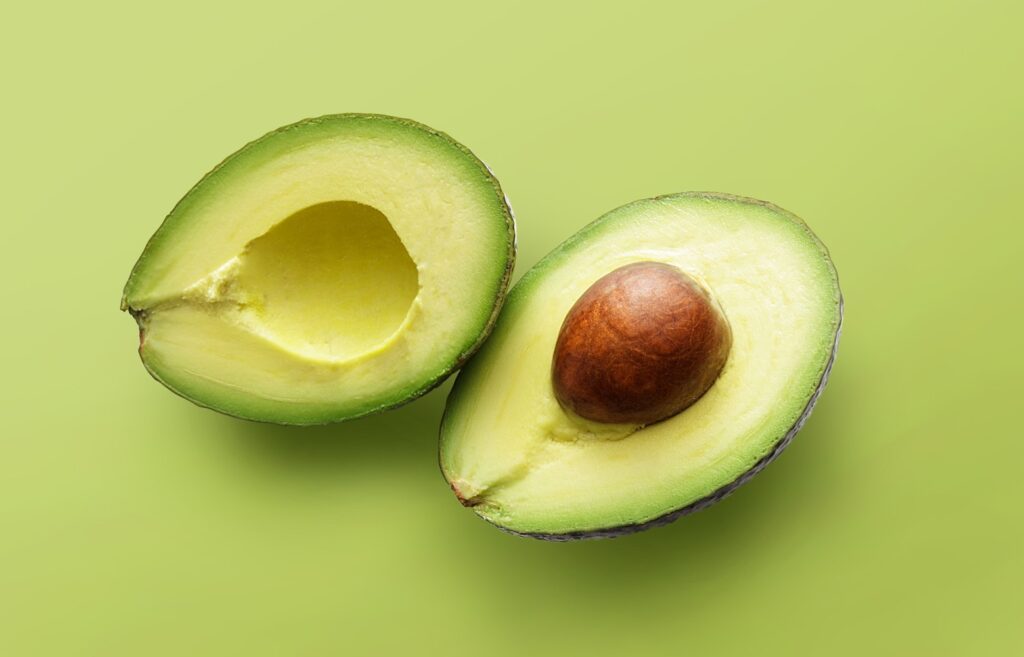
Net Carbs: 3.6g per medium fruit
Avocados top the list of fruits for diabetic patients due to their exceptionally low net carbohydrate content and high healthy fat content. They provide:
- Monounsaturated fats that support heart health
- High fiber content (13.5g per medium fruit)
- Potassium for blood pressure management
- Minimal blood sugar impact
2. Berries (Strawberries, Blueberries, Raspberries, Blackberries)
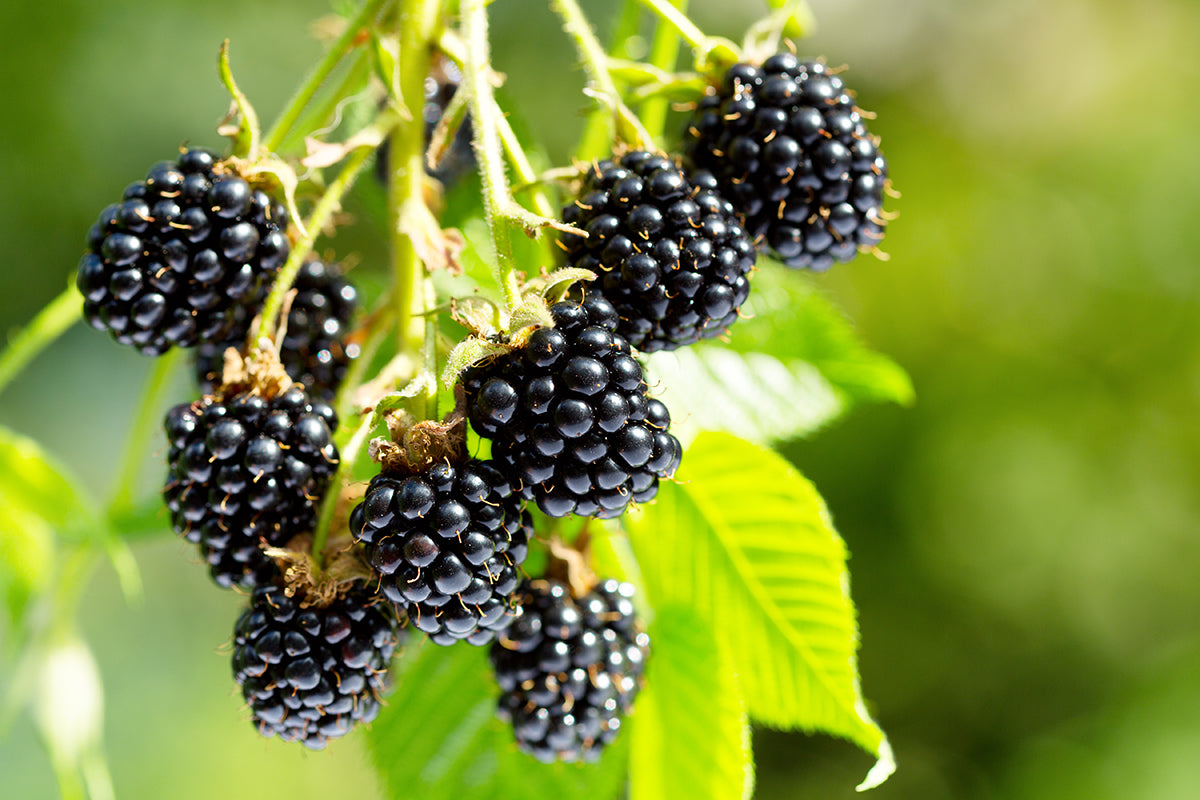
Net Carbs: 5-8g per ½ cup serving
Berries are among the safest fruits for diabetic patients because they:
- Contain powerful antioxidants
- Have relatively low sugar content
- Provide high fiber ratios
- Support insulin sensitivity
Strawberries contain only 7g net carbs per cup, making them an excellent choice for blood sugar management.
3. Coconut (Fresh)
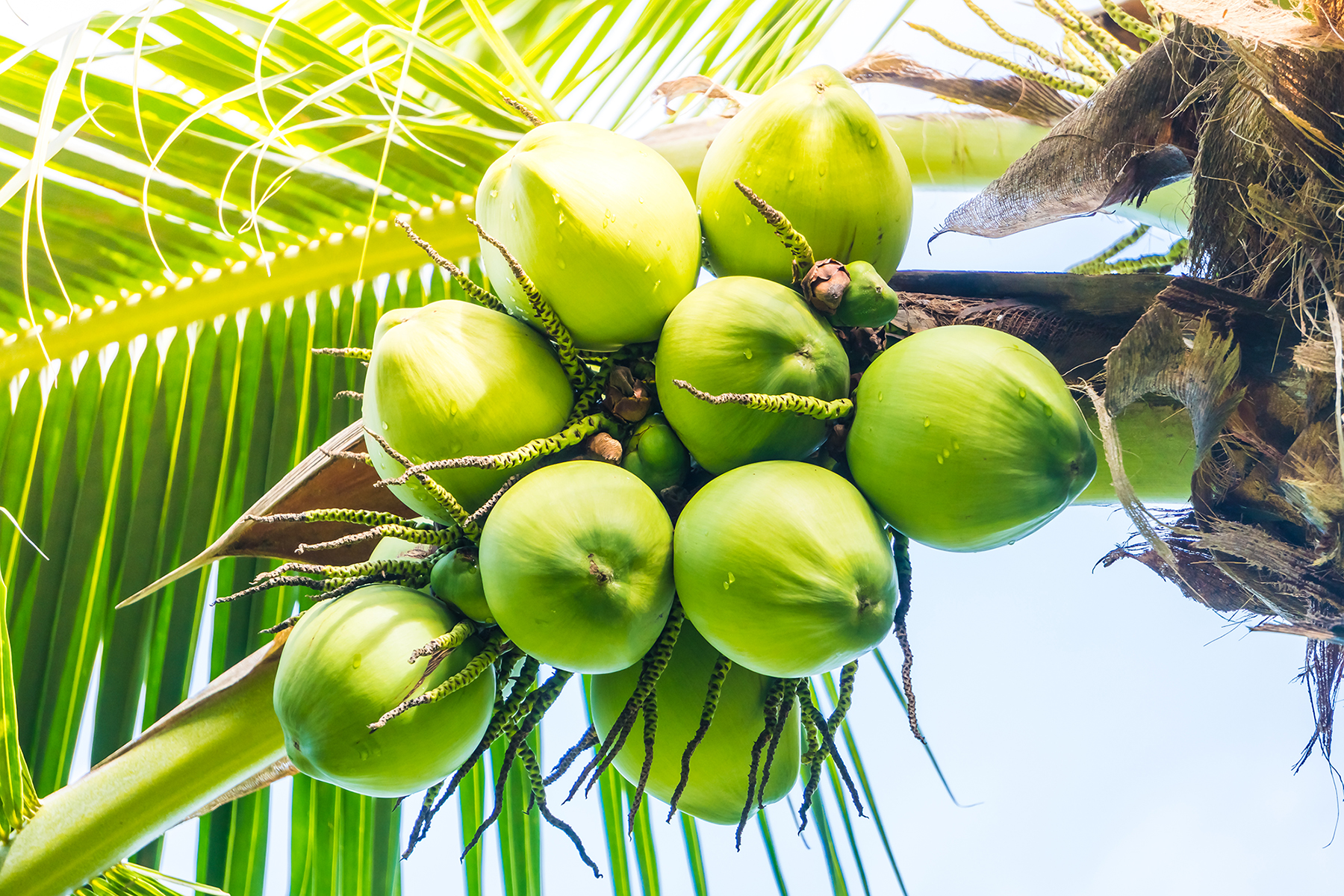
Net Carbs: 6g per cup
Fresh coconut offers multiple benefits for diabetic patients:
- Medium-chain triglycerides that don’t spike blood sugar
- Natural fiber content
- Supports ketogenic dietary approaches
- Can be consumed as coconut milk or fresh meat
4. Olives
:max_bytes(150000):strip_icc()/greenolives-5a85e5dfa18d9e0037a56ce5.jpg)
Net Carbs: 1-2g per 10 olives
While technically a fruit, olives are exceptionally low in carbohydrates and provide:
- Healthy monounsaturated fats
- Anti-inflammatory compounds
- Virtually no blood sugar impact
- Heart-healthy properties
5. Tomatoes
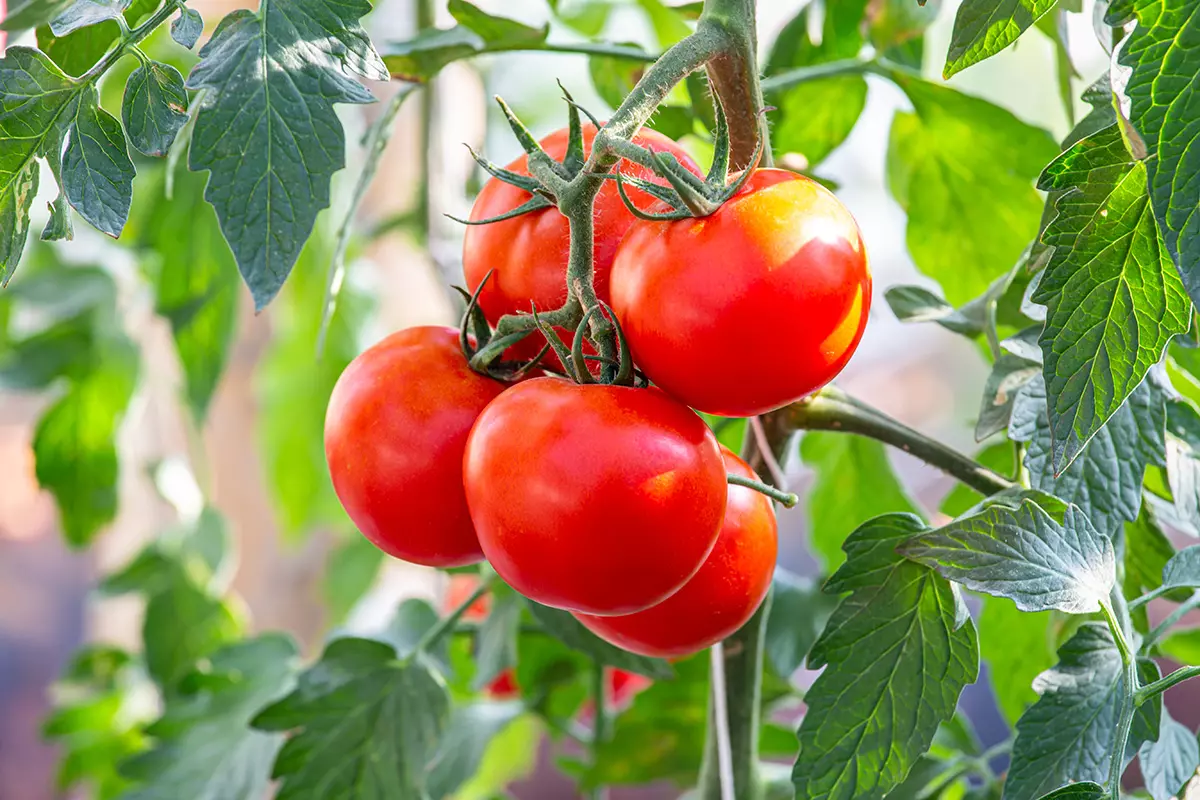
Net Carbs: 4g per medium tomato
Tomatoes are versatile fruits for diabetic patients, offering:
- Lycopene antioxidants
- Low sugar content
- High water content for hydration
- Vitamin C and potassium
6. Lemons and Limes
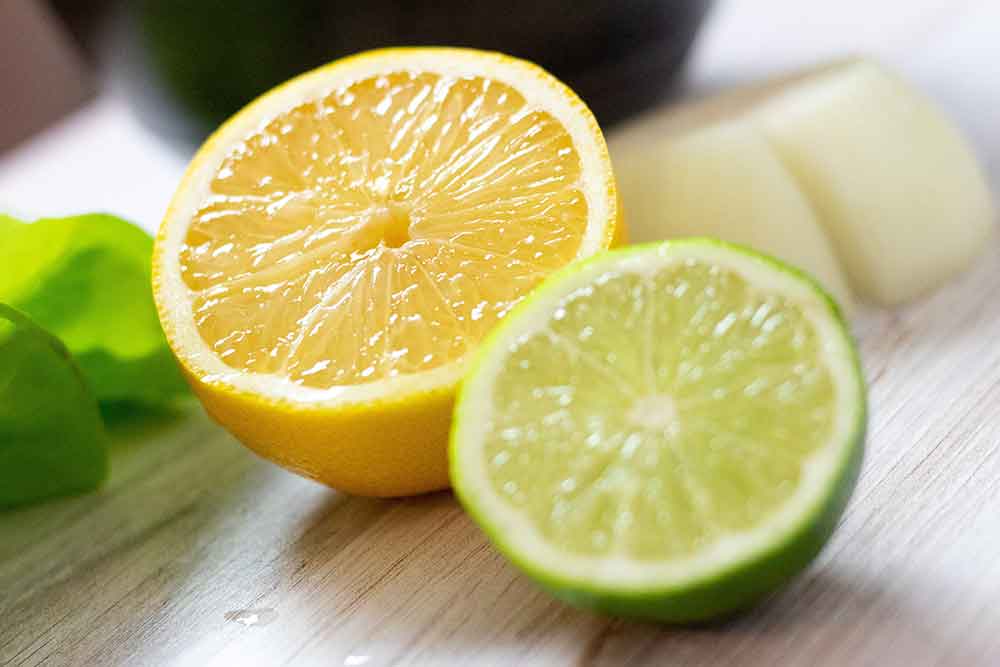
Net Carbs: 1-2g per fruit
Citrus fruits like lemons and limes are excellent for diabetic patients:
- Extremely low in natural sugars
- High in vitamin C
- Can enhance flavor without adding significant carbs
- Support immune function
7. Cucumbers

Net Carbs: 2g per cup
Though often treated as vegetables, cucumbers are technically fruits and offer:
- High water content for hydration
- Minimal carbohydrate impact
- Refreshing taste and crunch
- Support for blood sugar stability
8. Bell Peppers

Net Carbs: 4-6g per cup
Bell peppers provide diabetic patients with:
- Vitamin C (more than oranges)
- Antioxidant properties
- Low sugar content
- Versatility in cooking
9. Eggplants

Net Carbs: 2-3g per cup
Eggplants are beneficial fruits for diabetic patients because they:
- Have minimal carbohydrate content
- Provide fiber and nutrients
- Can be prepared in numerous ways
- Support blood sugar management
10. Green Beans

Net Carbs: 4g per cup
Green beans offer diabetic patients:
- Properties that may help reduce blood sugar
- High fiber content
- Low net carbohydrate count
- Essential nutrients and minerals
Portion Control Guidelines for Diabetic Patients
| Fruit Category | Recommended Serving | Frequency |
|---|---|---|
| Berries | ½ cup fresh | Daily |
| Avocado | ¼ to ½ medium | Daily |
| Citrus (lemon/lime) | 1 whole fruit | As needed |
| Low-carb vegetables/fruits | 1 cup | Daily |
| Higher-carb fruits | Limited portions | Occasional |
Timing and Blood Sugar Monitoring
The best time to consume fruits for diabetic patients is 1-2 hours after meals when blood sugar levels are typically at their highest. This timing can help prevent additional spikes while providing nutrients.
Essential Monitoring Practices:
- Test blood glucose before eating fruit
- Check levels 1-2 hours after consumption
- Track which fruits cause the smallest increases
- Adjust portions based on individual responses
Fruits to Limit or Avoid
While focusing on the best options, diabetic patients should limit:
- High-sugar fruits: Grapes, pineapple, watermelon
- Dried fruits: Raisins, dates, dried cranberries
- Fruit juices: All varieties, even “no sugar added”
- Canned fruits in syrup: Choose fresh or water-packed alternatives
Integration with Diabetes Management Plans
Combining with Low-Carb Approaches
For diabetic patients following low-carb or ketogenic approaches, daily carbohydrate intake should remain under 130g total, with very low-carb approaches limiting to under 30g daily. The recommended fruits fit well within these parameters.
Pairing with Healthy Fats and Proteins
Combining fruits with healthy fats or proteins can further slow sugar absorption. Examples include:
- Avocado with eggs
- Berries with unsweetened Greek yogurt
- Cucumber with hummus or cheese
Meal Planning Integration
Breakfast Options:
- Avocado and egg scramble
- Berry and coconut flour pancakes
- Cucumber and herb omelet
Snack Ideas:
- Mixed berries with nuts
- Avocado with sea salt
- Bell pepper strips with cheese
Dinner Additions:
- Tomato-based sauces (homemade)
- Eggplant-based dishes
- Green bean sides
Practical Tips for Success
Shopping Guidelines:
- Choose fresh over processed options
- Read labels for hidden sugars
- Select organic when possible
- Buy seasonal fruits for optimal nutrition
Preparation Methods:
- Avoid adding sugars or syrups
- Use natural flavor enhancers like cinnamon
- Incorporate into savory dishes
- Practice proper portion control
Conclusion
The best fruits for diabetic patients are those with low net carbohydrates, high fiber content, and minimal blood sugar impact. Go for avocados, berries, and low-carb options like tomatoes and cucumbers. These nutritious fruits can help you maintain stable glucose levels.
Success in diabetes management requires consistent monitoring, portion control, and understanding individual responses to different foods.